If you grew up in mid-century America, you remember a world that looked and felt entirely different from today’s digital age. Instead of wasting time behind screens, baby boomers experienced real life on front porches, in schoolyards, and around dinner tables. What they remember is a reflection of the values and rhythms that once defined American family life.
While these memories might seem quaint now, they shaped how boomers see the world. What follows is a window into the everyday experiences that formed the backbone of childhood for millions of Americans. Let’s revisit what we all lost along the way.
The ‘Get Back Home’ Rule

Boomer kids had one rule: be home before dark. There were no phones or GPS—just bikes, sneakers, and a mental map of shortcuts and hiding spots. While this kind of freedom may sound a little reckless today, it was a practice that built confidence. Kids learned to handle boredom and solve problems, all while having fun.
Dialing a Phone Took Patience and Precision

To avoid mistakes using rotary phones, you had to spin each digit carefully and wait for the dial to return. If you get it wrong even once, you’d have to hang up and start over. That made every call feel more intentional. You called because it mattered.
Pen Pals Made the World Feel Bigger

Texting was not an option back then, and kids wrote letters to stay in touch with friends and family who lived far away. Pen pals were often matched through schools or magazines, and some of those friendships lasted for years. Each envelope brought a new story and a new stamp. Waiting for the mail was part of the joy.
I Love Lucy’ Was a Family Event
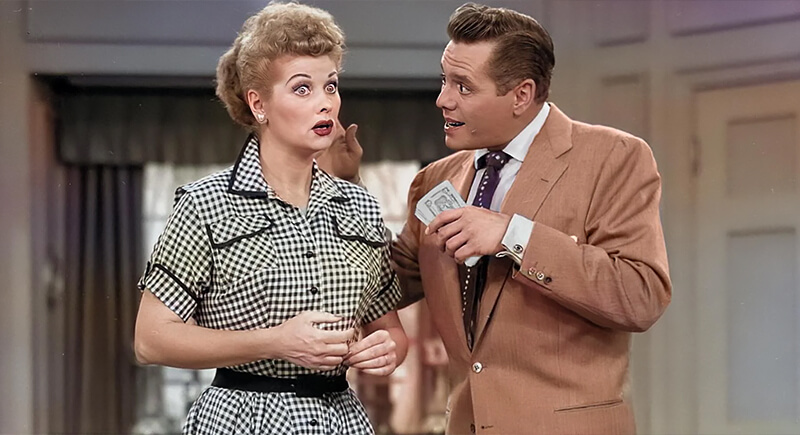
When I Love Lucy came on, people stopped what they were doing. Families gathered around one TV to laugh together. Lucille Ball changed what was possible for women in comedy. For many boomers, this was the first show that felt like tradition.
Green Stamps Made Saving Fun
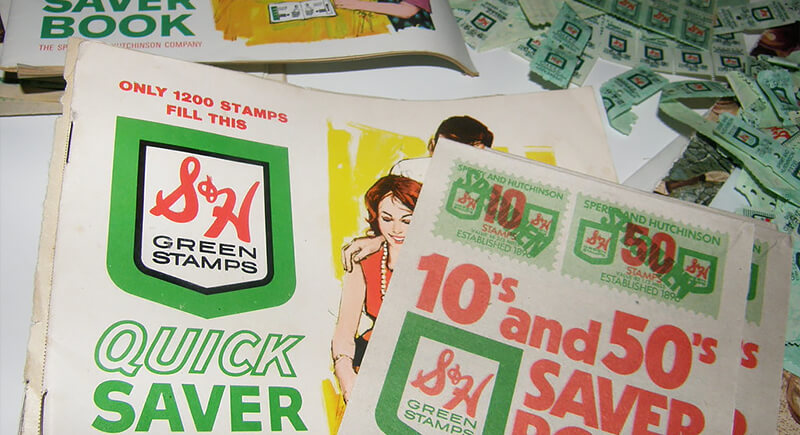
You’d get S&H Green Stamps with your groceries or gas. Kids helped lick and stick them into booklets, and when enough was saved, families flipped through the catalog and picked out a reward—a blender or a toy. It made saving feel like a team win.
Drive-Ins Were the Best Kind of Night Out
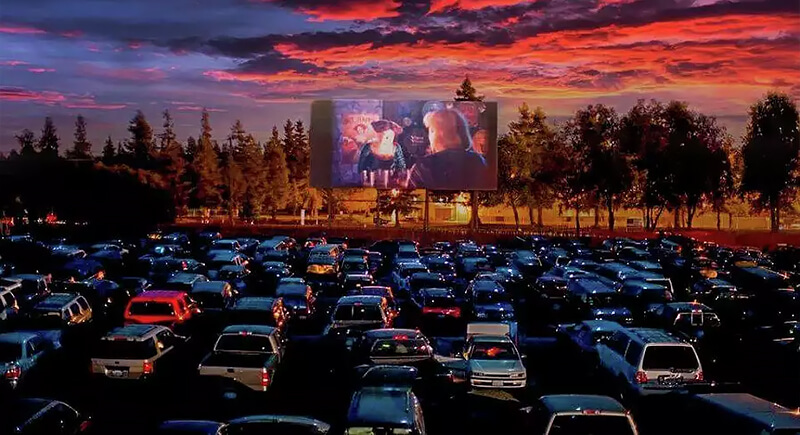
These night-outs forced you to pack into the car with blankets, snacks, and the whole family. Drive-in theaters let you watch movies under the stars, and nobody minded if the kids fell asleep halfway through. It was about being together, which made everything more fun and memorable.
Beatlemania Took Over Everything

When The Beatles arrived in America, the response was instant and loud. Their performance on The Ed Sullivan Show drew millions. Teens danced to their tunes and copied their hair. Parents didn’t always understand it, but to kids, this was freedom in a new sound.
Pay Phones Were a Lifeline
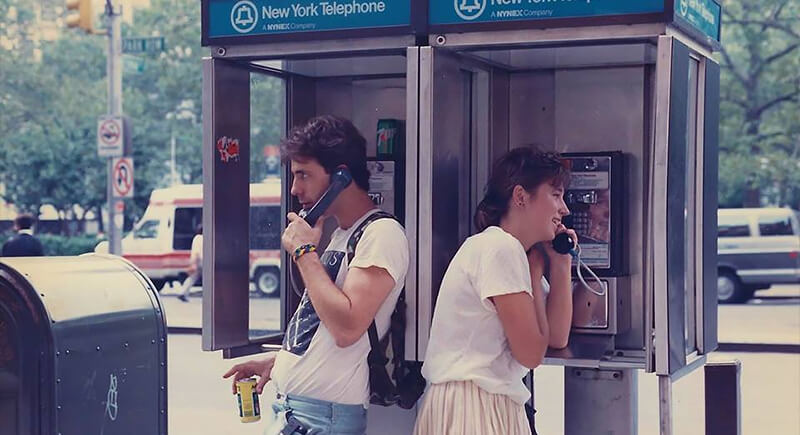
Boomer kids carried coins in their pockets in case they needed to make a call, maybe from a booth outside a diner or next to the grocery store. If you forgot the number, you had to remember it. You had one chance to get it right.
Playing Outside Made the Whole Day

There were no schedules or apps for fun and activities. Just a sidewalk, some chalk, and a group of kids ready to turn anything into a game. You stayed out until the streetlights came on. Arguments happened, but so did laughter.
Saturday Morning Cartoons Were Sacred
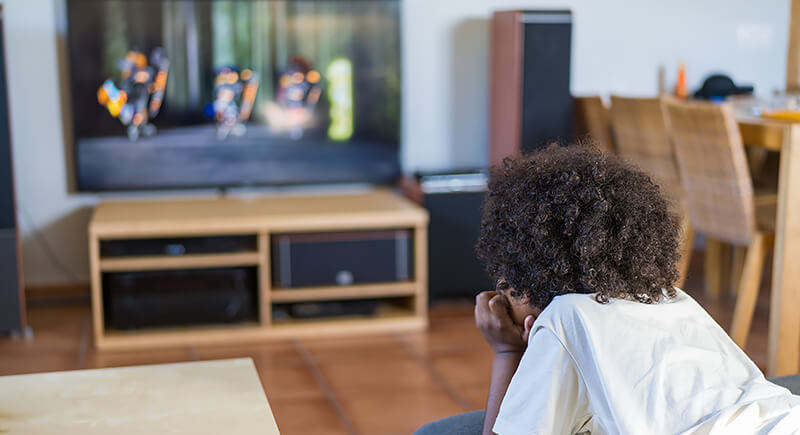
Wake up early and grab the best seat in front of the TV was Saturday morning ritual. Shows like The Jetsons and Looney Tunes filled the morning. If you missed your favorite, there were no reruns or replays. That made watching it live feel like something special.
Vinyl Records Turned Listening Into a Ritual
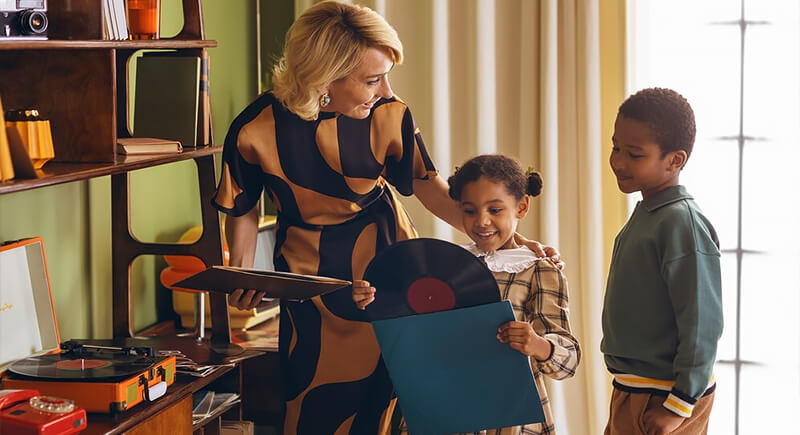
Music wasn’t background noise. You’d slide the record out of its sleeve, set the needle carefully, and sit down to listen. Every crackle had character. You couldn’t skip tracks or shuffle playlists, so you had to listen from start to finish. That gave the music more weight.
Flash Cubes Made Every Photo Count

There was no way you could click 5000 photos until you got that perfect one. Cameras used flash cubes that only lasted a few shots. If someone blinked or moved, you had to live with it. That made photos feel real. Imperfect, yes—but also more personal.
Encyclopedias Were the Internet
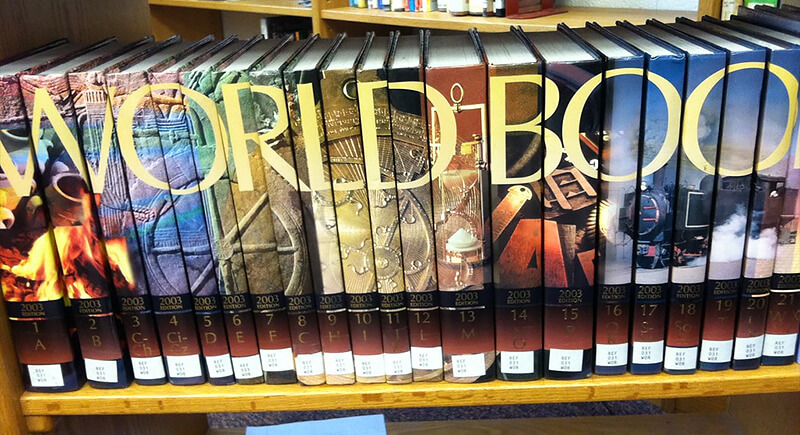
Kids went to the bookshelf for facts for a report, not a search bar. Encyclopedias were heavy, expensive, and full of answers. The research didn’t require scrolling but turning pages. It wasn’t fast, but it was memorable. Using one of these heavy books would make anyone feel and look smarter.
The Moon Landing Brought Everyone Together
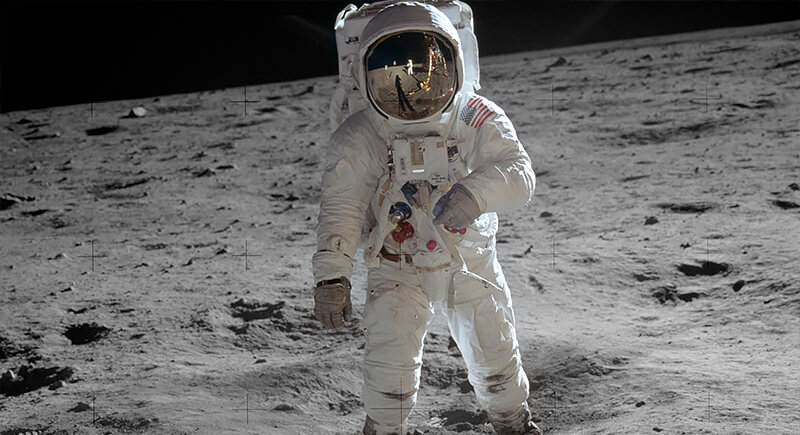
In 1969, families watched as Neil Armstrong stepped onto the moon. It was a moment that made people feel proud and connected. For one night, everyone looked in the same direction—up—and believed anything was possible.
Family Dinners Were a Daily Habit, Not a Holiday

Dinner at the table with all family members was a norm. Parents asked questions, and kids told stories. It was about showing up for each other. That consistency built trust and made the home feel steady.